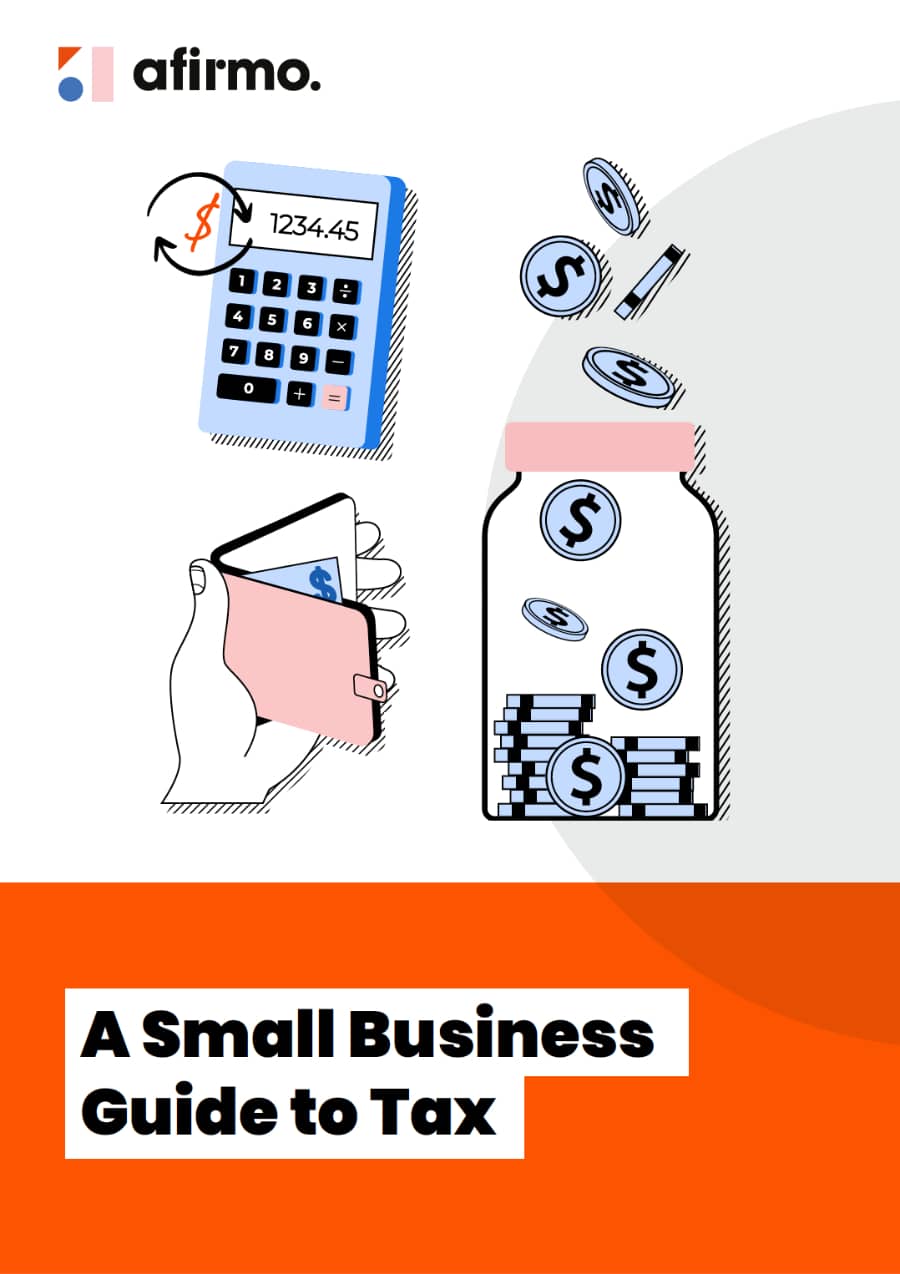These requirements will depend on how you structure your business, whether you want or need to register for GST and whether you employ staff.
Freelance or sole trader
With this business structure you’re working as an individual. The profits from your business are simply added to your income from all other sources and you pay individual income tax on the total amount.
If you already have an individual IRD number, you just keep using that. If you don’t have an IRD number you apply to Inland Revenue by completing an IR595 form (IRD number application – individual). The Inland Revenue website has more on IRD numbers for individuals
Form more information on setting up as a sole trader see Registering as a Sole Trader in New Zealand
Company
If you choose to structure your business as a company, it will need its own IRD number. When you register your company, you simply apply for an IRD number at the same time. For ore information see Registering a company in NZ
Partnerships
A partnership needs its own IRD number, even though the profits or losses are shared amongst the partners and become part of their individual tax returns. To apply for a partnership IRD number you usually complete an IR596 form (IRD number application – resident non-individual). The Inland Revenue website also explains how to get a partnership IRD number online.
GST
All businesses, regardless of their structure, have to register for GST if their turnover was more than $60,000 in the previous 12 months or as soon as they expect to earn that amount in the next 12 months. Otherwise, it’s optional. There can be benefits of registering for GST even if you have less than $60,000 in revenue, for example when your customer(s) are all GST registered (so they can claim back your GST charge and you can claim GST on all your expenses before you reach the mandatory GST registration threshold.
You register for GST online by logging into myIR. You’ll need to choose an accounting basis (payments or invoices) and a filing frequency. You’ll also need an IRD number (for you as a sole trader, your company or your partnership), a bank account number for refunds and your business industry classification (BIC) code.
Most people choose a ‘payments’ accounting basis. That’s because your GST return simply shows the GST actually paid to you, as well as the GST you have paid on expenses each period. Some businesses however have better cashflow by choosing ‘invoice’ basis. This is normally when they get paid instantly on raising a sales invoice and so are better off claiming GST on expenses whether they have been paid for or not. Loss making businesses also generally benefit from this basis as GST on expenses are higher than GST on income. There is also a hybrid basis, but rarely does that provide a benefit (pay GST on sales invoices and claim GST on actual expenses paid).
If your sales are less than $500,000 in any 12-month period you can choose a filing frequency of one month, two months or six months. Short periods can be best if you usually get refunds, or you want to avoid getting behind with the admin. The six-month period usually only suits people who make very few sales or purchases, so there’s not too much involved in filing each return.
You can also see our guide on how to register for GST in New Zealand.
Employers
When you employ someone, you have to register as an employer with Inland Revenue. This includes employing your partner or another family member. It also includes contractors when you make schedular payments. Schedular payments are where you take tax out of what you pay a contractor and forward it to Inland Revenue on a contractor’s behalf.
When you register as an employer, you may also have to register for fringe benefit tax if employees will receive benefits (perks) in addition to their pay. Chances are you’ll also have to register for employer superannuation contribution tax (ESCT).
To register as an employer you log into myIR, choose ‘register for new tax accounts’ and fill in the online form. You’ll need your contact and bank account details, your business industry classification (BIC) code and the employment details. You can also wrap this step into the company formation process.
The Inland Revenue website has more on employing staff, including options for how to register as an employer.
ACC
You don’t have to register for ACC. It happens automatically because Inland Revenue sends your income details to ACC who then sends you an invoice. You normally get this a year after you have set up in business and file your first tax return. However, self-employed people can choose between two types of ACC cover – CoverPlus (the default) and CoverPlus Extra (the option). CoverPlus Extra lets you choose how much of your income ACC will pay if you’re injured. Reducing the cover reduces your levies. You can register for ACC Cover Plus through Afirmo.
Articles in the Small Business Guide to Tax series
- A small business owner’s introduction to tax
- Choosing a business structure
- The main small business taxes and levies
- Maintaining business records for tax purposes
- Small Business tax registration requirements
- Small Business Tax types in more detail
- Tax payment due dates
- Tax forms and when to file them
- How to get money out of your company



